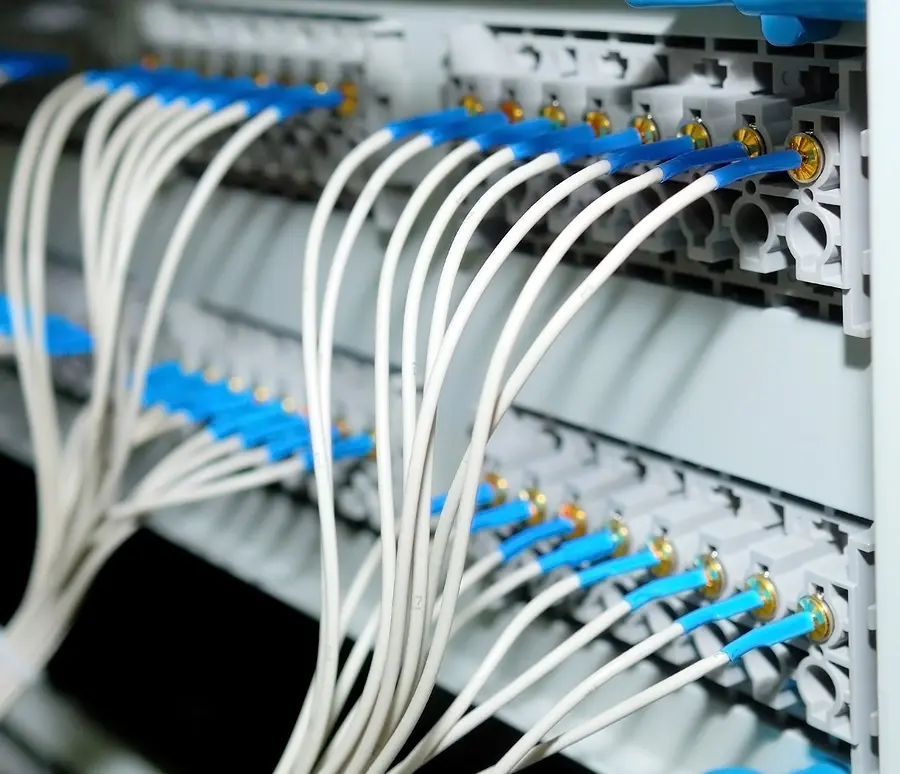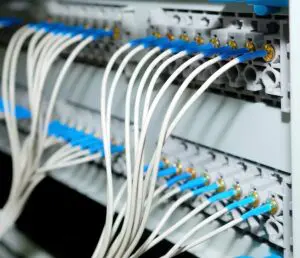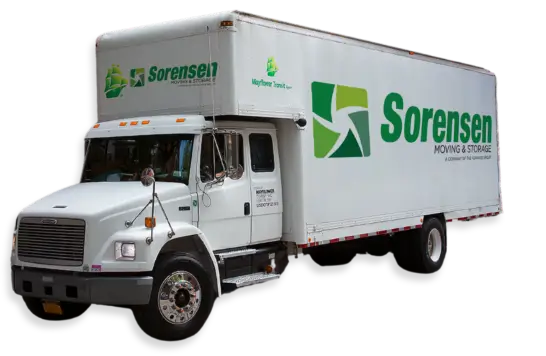As the tenant, you are responsible for returning your old office space to its original condition as specified in your contract. If you have been in this location for a long time you will probably have a fair amount of work ahead of them.
Decommissioning an office can be difficult to do efficiently and properly. This step-by-step checklist will help you quickly and effectively decommission an office, taking into account all the necessary hardware, software, and data that need to be removed or reset.
 Verify the Required Condition of the Property.
Verify the Required Condition of the Property.
Your lease has all the specifications of how to decommission your office space. However, it is wise for you to meet with their property manager to discuss the lease surrender conditions of your contract. Get it verbally and on paper.
Audit Your Old Furniture Assets.
Does it make more sense to upgrade your furniture or is the old furniture still in great shape? Create an inventory of your current furniture and make decisions based on business needs and your budget. Most moving companies can assess whether there is any resale value with the furniture you wish to dispose of, which can help make your budget go further!
Secure Sensitive Documents:
All important documents such as contracts, customer data, employee information, financial records, etc. must be securely stored or destroyed prior to the decommissioning. Make sure to keep all documents locked in safe storage and/or shred them before they leave the premises. Ensure that all copies of digital files are safely destroyed or securely stored in a remote location.
Compile a List of Electronics and Wiring to Be Recycled or Disposed Of:
Gather all electronics such as computers, laptops, screens, printers, and other IT equipment for disposal. Compile a list of any wiring that needs to be removed from the office space (including power cables, networking cables, etc.) to be recycled or disposed of. If you’re not familiar with electronic devices or wiring protocols, it’s best to hire a professional electrician who can properly handle the task. While decommissioning your office space, make sure all devices are shut off before they are removed and stored safely in the designated area.
Properly Label Equipment for Easy Removal and Reinstatement:
Properly labeling equipment is essential for a successful decommissioning process. Make sure to clearly label all electronics and wiring with the proper descriptions–especially if you plan on reinstating equipment in another office. This will not only make it easier to locate specific components during the re-installation process but also ensure that even when other external parties need to handle tasks related to the decommissioning, they can easily identify what’s being removed.
Clear Desk Areas of all Personal Items, Work Files, and Company Property:
When decommissioning an office, you must ensure that each desk area and the common areas are cleared of anything related to the company. This includes all documents, personal items like phones or laptops, and any other office property. Additionally, it’s essential that all confidential data stored on computers is either destroyed or securely stored elsewhere before the process begins.
Clean Everything to an Impeccable Condition and Make Repairs.
Sweeping, wiping down walls, and vacuuming the carpet are only a few items that should be on your checklist. Once your office and warehouse are clean you will be able to see any damages that need to be repaired. Whatever repairs you consider making, just make sure you follow the terms of your contract. Oftentimes, your relocation provider can offer these cleaning services as part of their overall lease surrender/decommission scope of work.
Make sure you have a thorough checklist and knowledgeable experts in place to help with your decommission or lease surrender. For more information and to see what decommissioning and lease surrendering services we provide click the link below.





